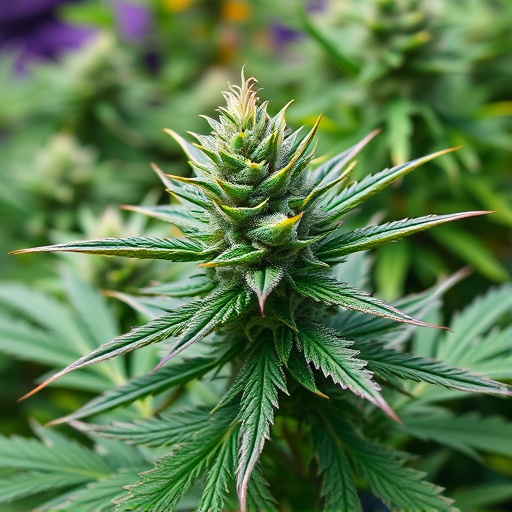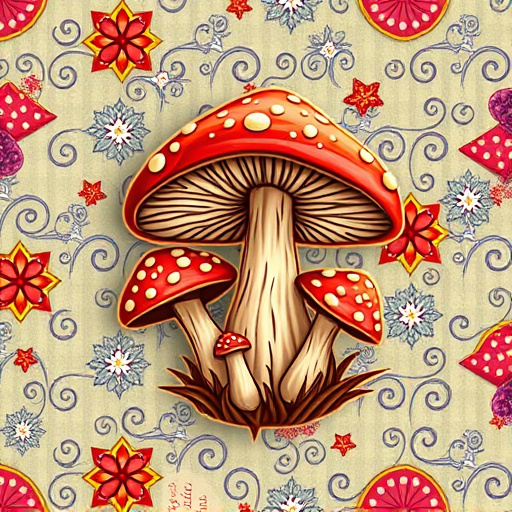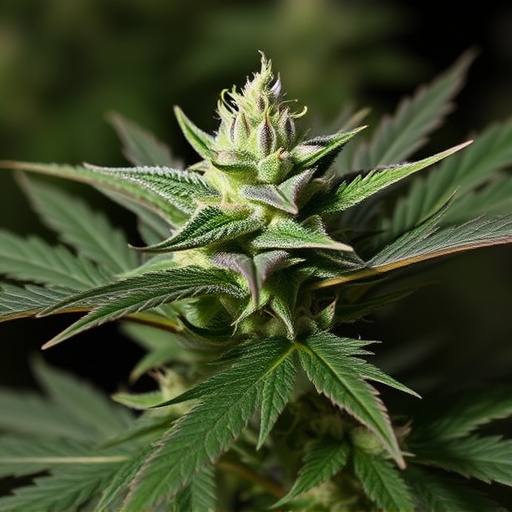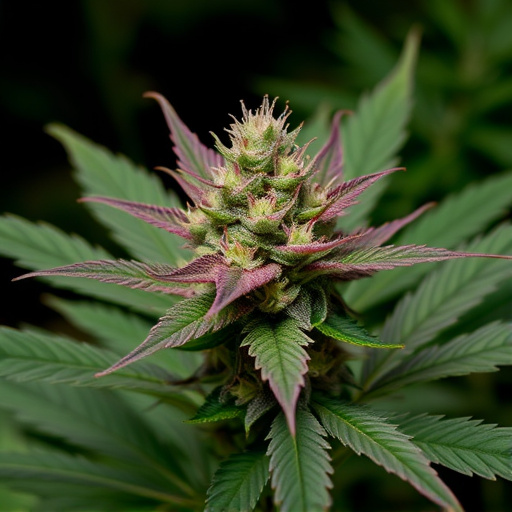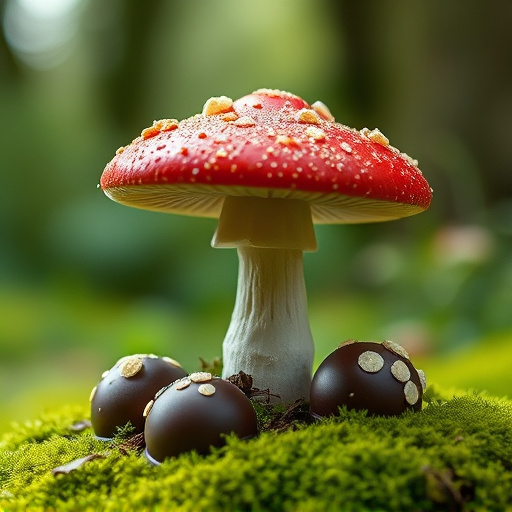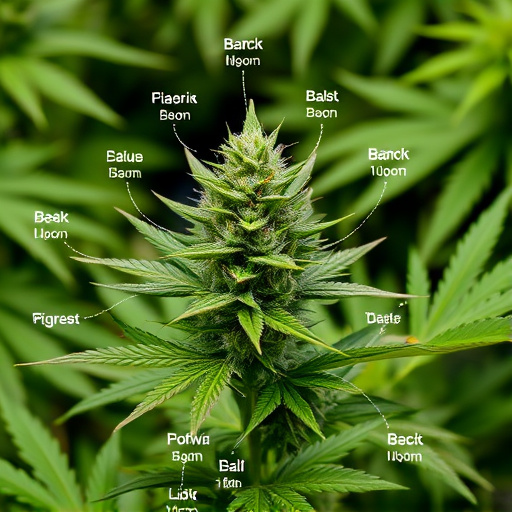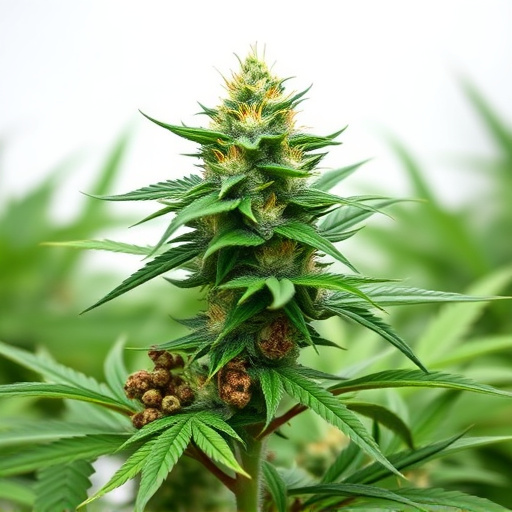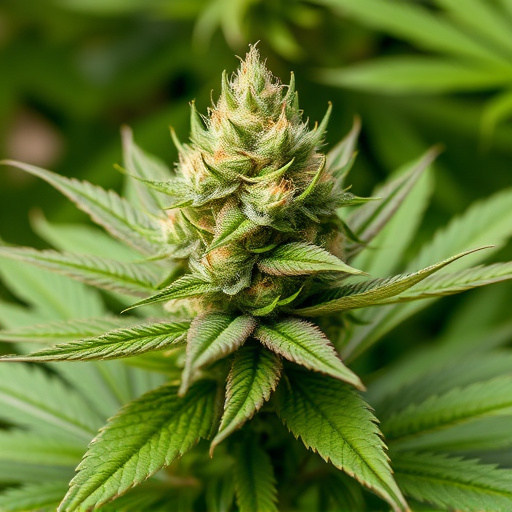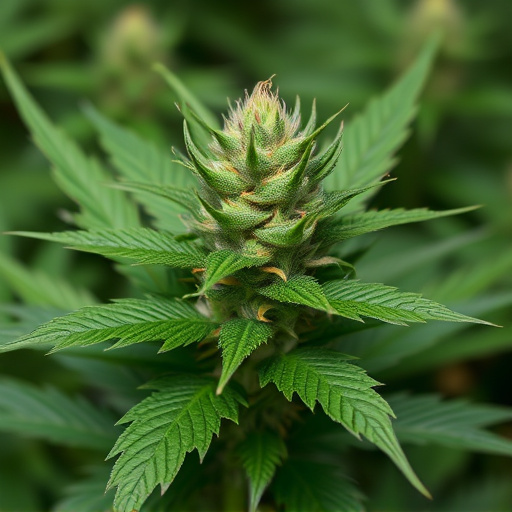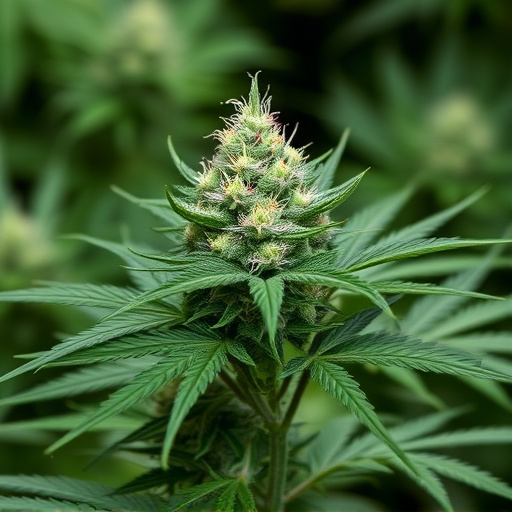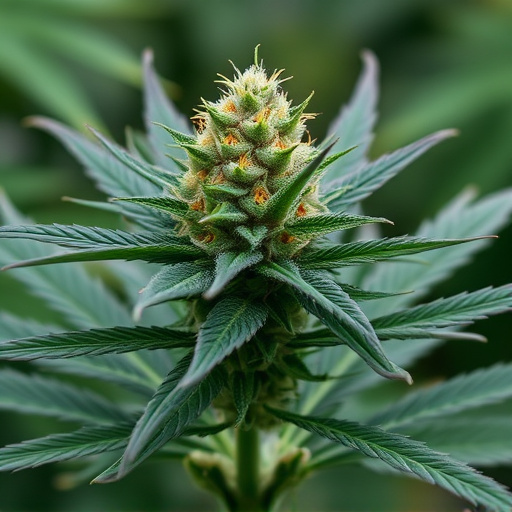Discovering the ideal medical cannabis strain is key for personalized wellness, offering relief from various ailments through unique scent profiles and therapeutic properties. Scent guides patients to specific strains, ranging from earthy Indicas to fruity Sativas, due to compounds like terpenes (myrcene, limonene, pinene) and cannabinoids (THC, CBD). Environmental factors influence aroma intensity, helping consumers choose strains with desired effects based on both science and personal preference.
Cannabis flowers are renowned for their potent aroma, a sensory experience that goes beyond mere pleasure. The strong smell is no accident; it’s a result of complex chemical compounds known as terpenes and cannabinoids. This article delves into the chemistry behind cannabis’ distinctive scent, exploring how specific medical cannabis strains offer unique and often highly sought-after aromas. We’ll also uncover factors that influence the intensity of its odor, providing insights for those seeking the best medical cannabis strains for both therapeutic benefits and olfactory delight.
- The Chemistry Behind Cannabis Aroma
- Medical Cannabis Strains and Their Distinct Scents
- Factors Influencing the Intensity of Cannabis Odor
The Chemistry Behind Cannabis Aroma
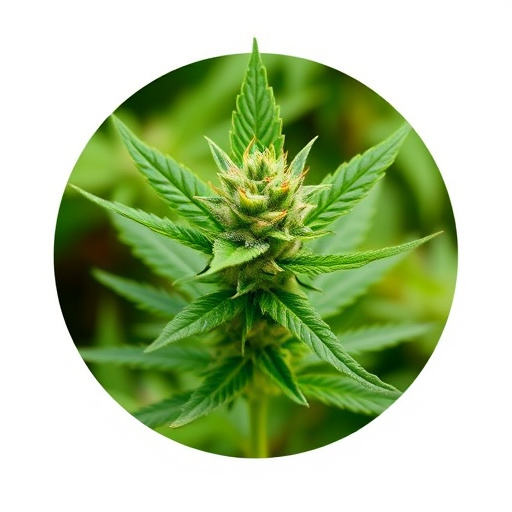
Medical Cannabis Strains and Their Distinct Scents

Medical cannabis strains are renowned for their diverse and distinct scents, each offering a unique aromatic experience. These odors are not just appealing to users; they also serve as a valuable indicator of the plant’s composition and potential therapeutic effects. Among the best medical cannabis strains, you’ll find varieties with earthy, fruity, or even spicy notes. For instance, some strains may emit a rich, herbal aroma reminiscent of walks through lush forests, while others offer a sweet, floral fragrance that resembles freshly cut grass or vibrant blooms.
The strong scent of these strains is largely attributed to the presence of volatile organic compounds (VOCs), particularly terpenes and cannabinoids like THC and CBD. Terpenes, known for their fragrant properties, contribute significantly to the characteristic smells of different cannabis varieties. Each terpene produces a unique odor, further enriching the aromatic profile of medical cannabis strains. This diversity in scents not only caters to individual preferences but also allows patients to choose strains that best align with their desired therapeutic outcomes, making cannabis an incredibly versatile medicine.
Factors Influencing the Intensity of Cannabis Odor

The intensity of cannabis odor is influenced by several factors, including the plant’s genetic makeup and environmental conditions during growth. Different best medical cannabis strains have varying aromatic profiles due to their unique terpene and cannabinoid combinations. Terpenes, fragrant organic compounds, play a significant role in determining the scent of cannabis. Some strains naturally produce stronger-smelling terpenes like myrcene, limonene, and pinene, which contribute to the plant’s distinctive aroma.
Environmental factors such as temperature, humidity, and growing medium can also impact odor intensity. For instance, optimal growing conditions can lead to higher cannabinoid concentrations, enhancing the plant’s scent. Conversely, improper cultivation practices or stressful environmental factors might result in a less potent odor. Understanding these variables is essential for cannabis enthusiasts seeking specific strains with desirable aromas.
Cannabis’ distinct and potent aroma is a result of complex chemical compounds, with terpenes and cannabinoids playing a symphony of roles. Understanding this chemistry reveals why different medical cannabis strains offer unique scents, from earthy to fruity. Various factors, including cultivation methods and plant genetics, influence the intensity of its odor, ensuring that consumers can choose from a diverse range of best medical cannabis strains, each with its own distinctive fragrance.

